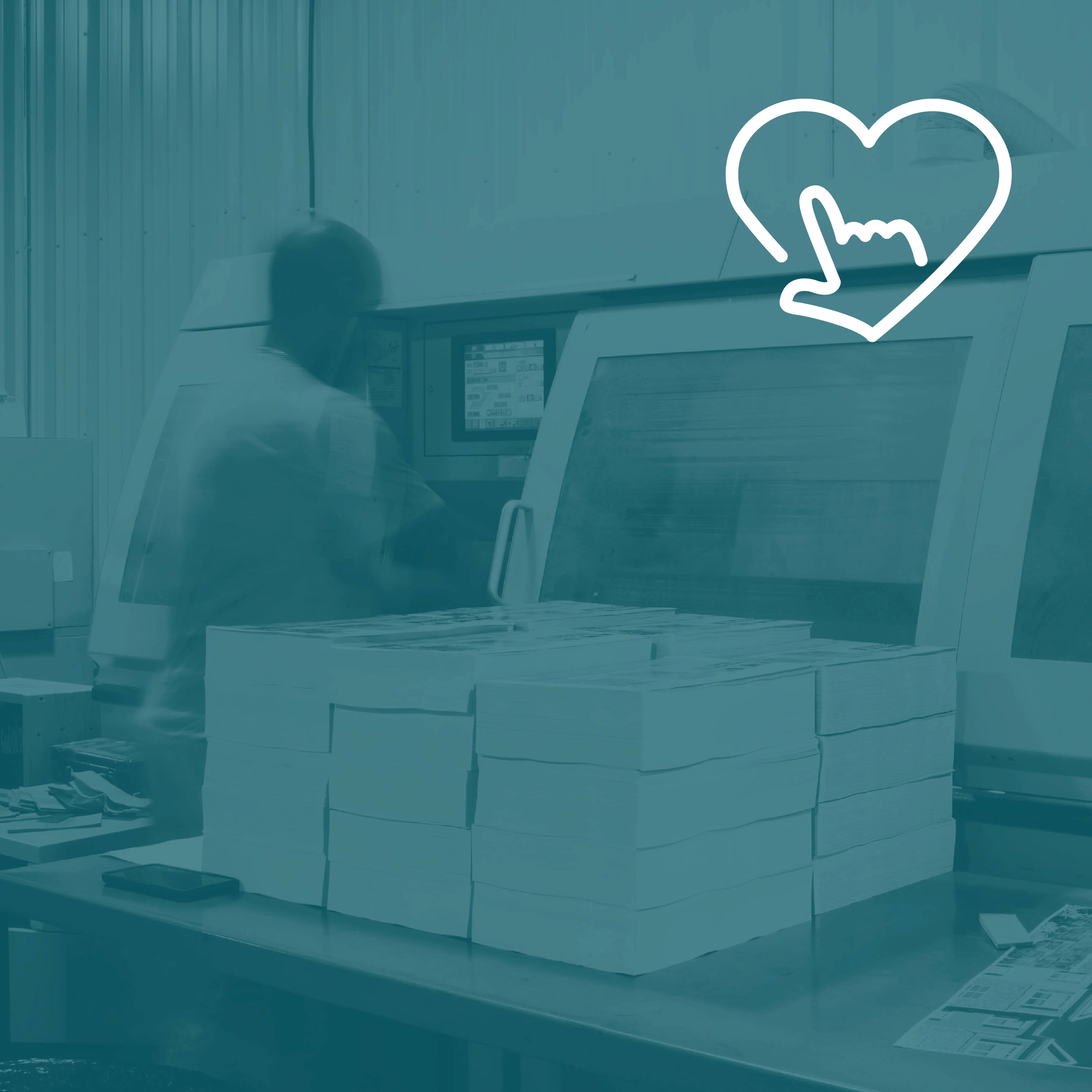Self-Publishing: How to Choose the Best Book Binding

April Cassidy
| 8 min read
Whether you are a self-publishing author or an organization—when you are ready to print your own book, there are countless issues to think through.
You’ve done the tough part, writing the content, editing, and preparing your files. Now, you’re ready to make your own book into reality for your readers to enjoy. Thankfully, you don’t need a traditional publisher today to have a professional-quality book.
To publish your own book, you need to make decisions like
Which book printing service to use.
Online book publishing
a. Chain copy shop
b. Local print shop
What kind of paper to use.
The size of the book.
The final page count.
The kind of ink to use.
Will it have illustrations or photographs?
Will it be full-color or black and white?
Do you want digital book printing?
What artwork you’ll use on the front cover, back cover, and spine?
a. Design the cover yourself
b. Hire a graphic designer to make your cover
Where to get your book bound?
If you want to do online printing and binding.
What kind of book cover you want.
What kind of bookbinding you need.
If you want to print books on demand (print on demand).
If you prefer short-run book printing.
If you’ll need a barcode ISBN number (to be able to sell the book in retail establishments or on Amazon).
Choosing a printing and binding service
Many local print shops near you can print your custom book for you, even a chain copy shop. Or you could choose an online place.
But if you want to cover book printing and binding in one shot, you may want to do a bit of research—especially if you want to find a place that will ask you questions and inspect your files and make sure that everything is going to turn out well when you print and bind the book.
Finding a printing and binding service near you with lots of experience with custom book printing is probably your safest option. Then they can help you decide which options are best for your particular book and purposes, including the bookbinding.
Types of bookbinding
Bookbinding cost varies significantly from one type to the other. And certain types of binding methods work better for different types of books and purposes.
Several types of bookbinding services are available.
Hardcover binding (case binding)
Softcover binding (perfect binding)
Spiral binding (plastic coil binding)
Double o wire binding
Plastic coil
3-ring binder
Our bookbinding comes in five options:
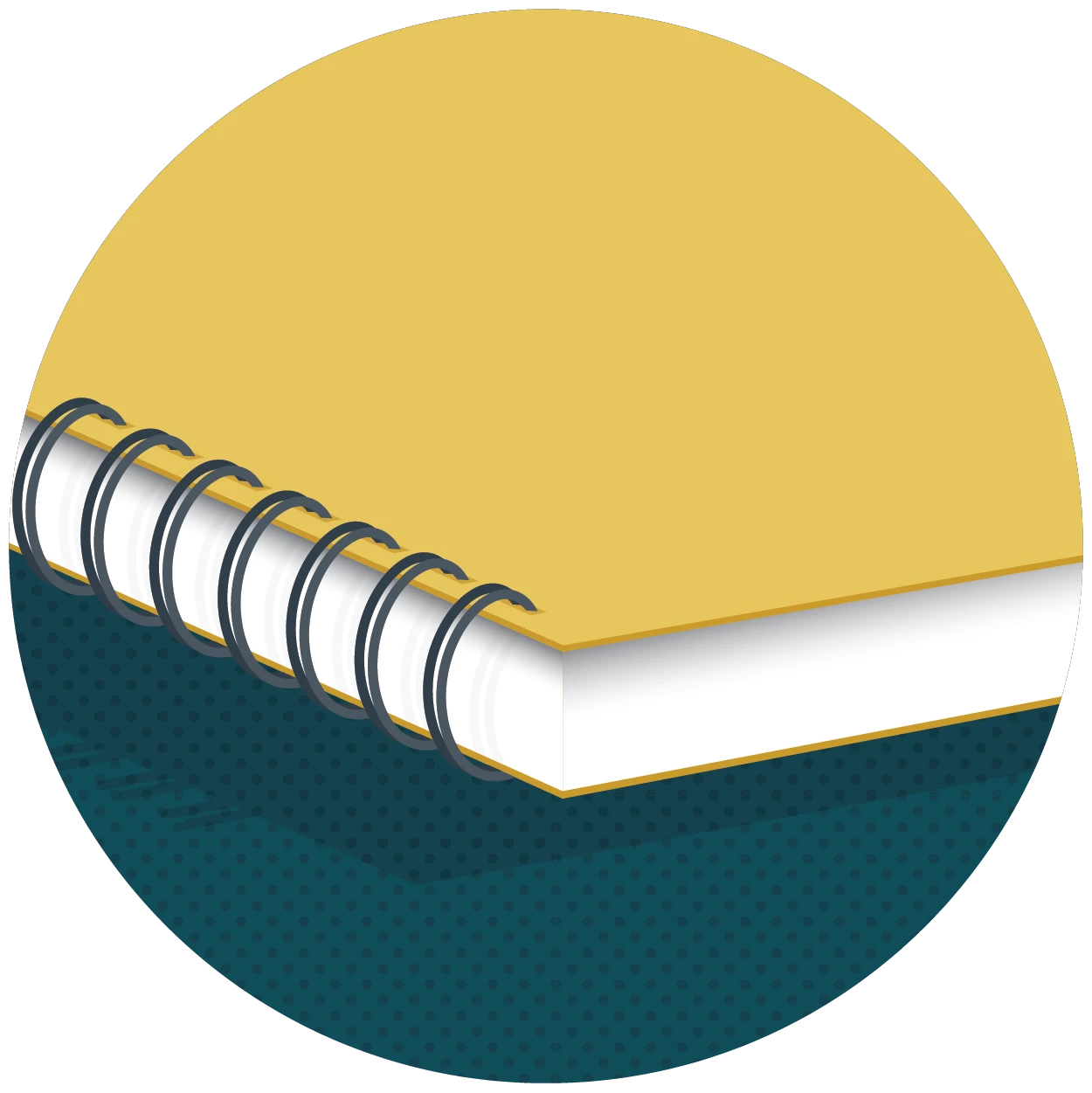
Double O wire binding
Double O wire binding (also called wire O, double loop, and twin loop) has similar benefits to plastic coil binding but boasts a more professional appearance. Double O wire binding is extremely durable, allows the pages of the book to move 360 degrees, and works great with index tabs. With a polished appearance, double O wire is perfect for:
Business documents
Business proposals
Presentations
Double O wire binding has its pros and cons.
Pros
Functional
Very economical
Can lay flat
Cons
Not as professional-looking
Obviously self-published
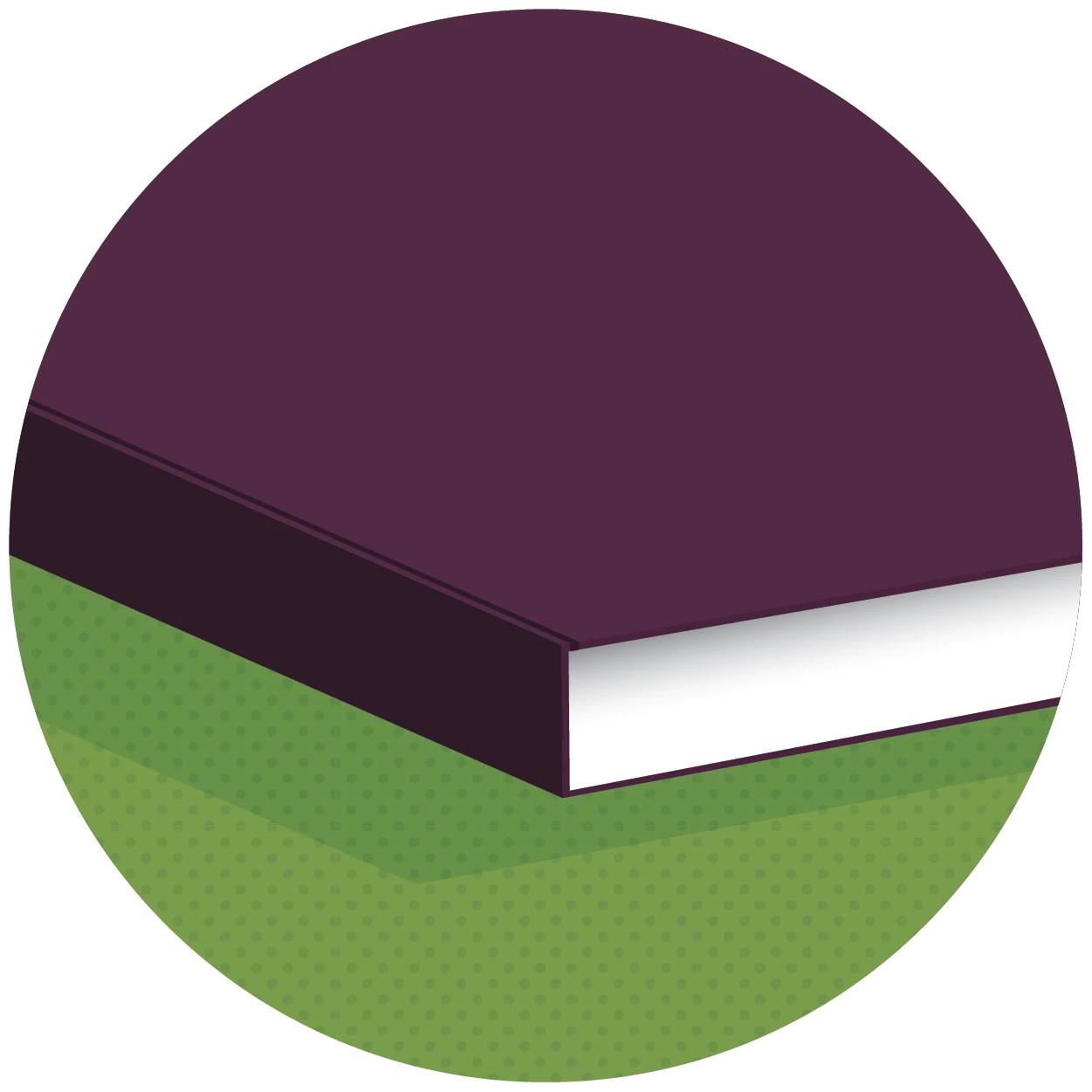
Perfect binding
Perfect binding is a widely recognized binding technique that is identifiable by the book’s crisp, thick cover affixed to the inside pages by thermal glue applied to the spine.
Perfect-bound books look extremely professional, range in thickness from very thin up to two inches, and allow for printing on the front, back, and spine. Perfect binding has applications including:
Catalogs
Magazines
Paperback books
Thicker manuals
Perfect binding has its pros and cons.
Pros
More economical than case binding (or hardcover binding)
Looks professional
Cons
Won’t lay flat
Not as sturdy as a hardcover book
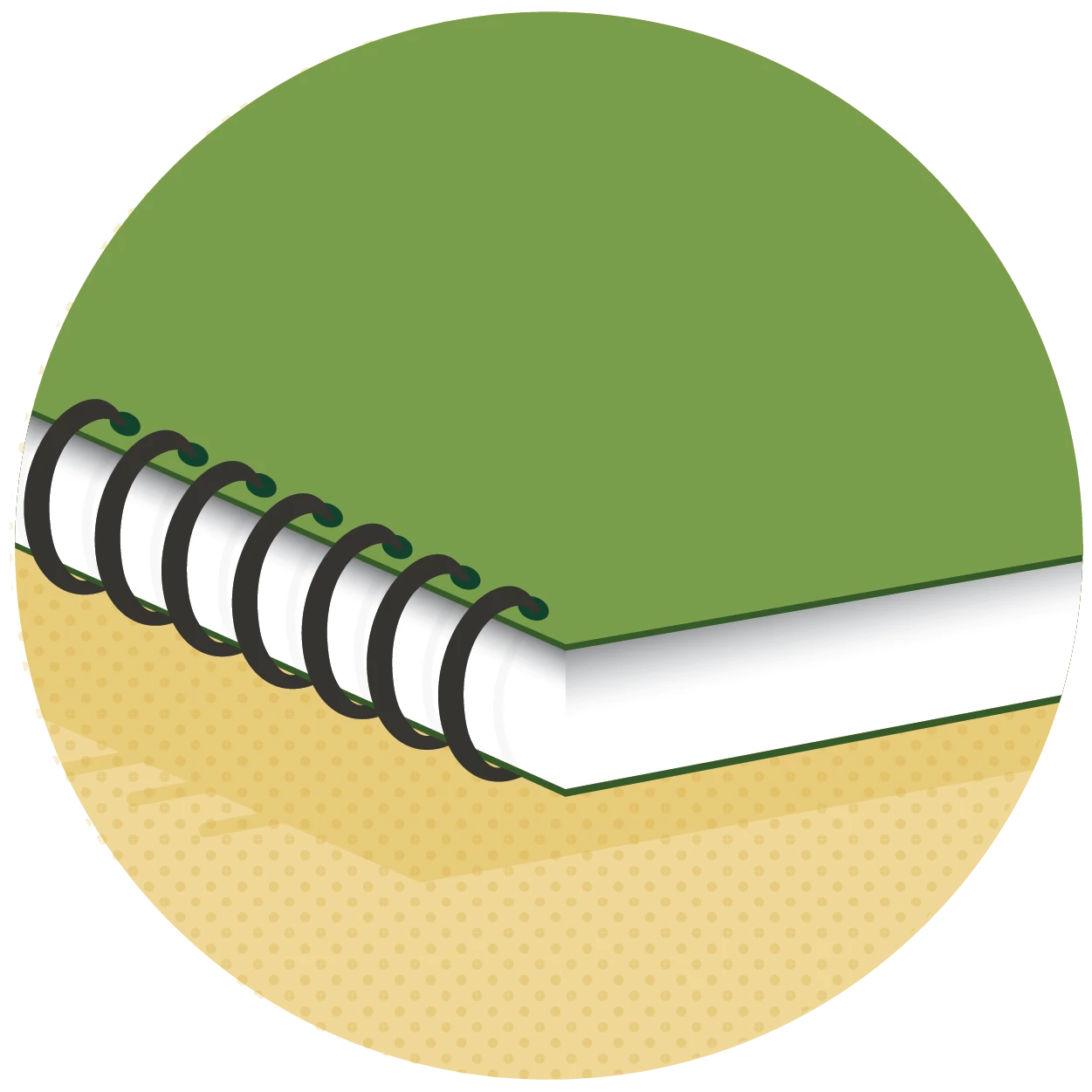
Plastic coil binding
Plastic coil binding, also known as spiral binding (spiral-bound, or spiral coil binding), is ideal for books that need to be able to lay flat when opened. We can bind books up to one-inch thick with plastic coils, but the actual number of pages depends on the thickness of the paper selected. Plastic coil binding is ideal for projects such as:
Cookbooks
Journals
Music books
Notebooks
Presentations
Wall calendars
Workbooks
Plastic coil binding has its pros and cons.
Pros
Perfect for cookbooks, workbooks, music books, and others that need to lay flat
Very economical
Cons
Not as professional-looking
Obviously the self-publishing printing route
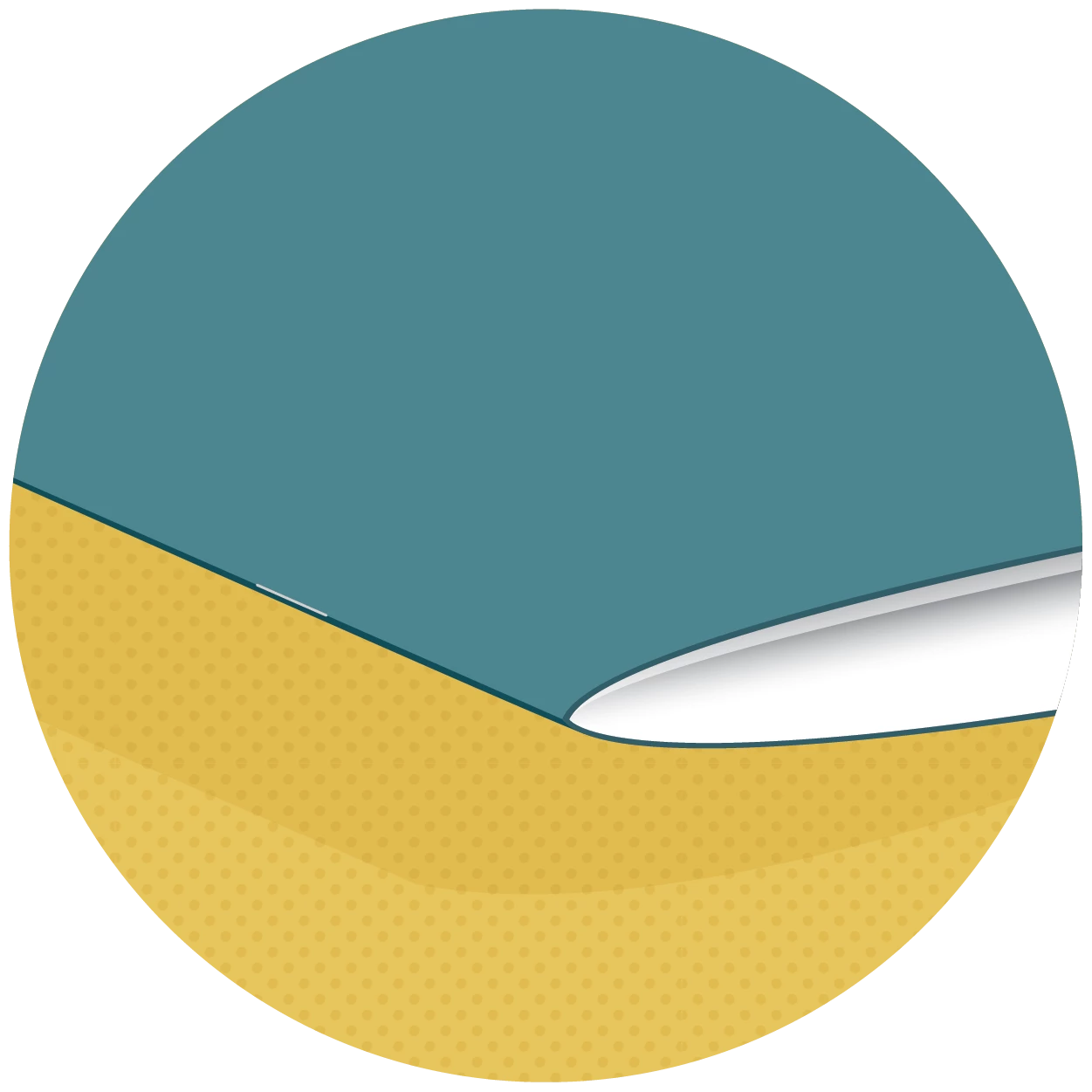
Saddle stitching
Saddle-stitched books are folded at a center point and then stapled along the fold, making this an ideal finish for books or booklets of 48 pages or less. Each sheet of paper creates four pages of the book, so when designing for a saddle-stitched book the pages must be in multiples of four.
The cover of the book can be made of the same kind of paper as the pages (called “self-cover”) or a thicker cover stock can be used. Saddle stitching is perfect for:
Brochures
Comic books
Magazines
Manuals (training manuals)
Thin softback books
Wall calendars
Saddle stitching has its own pros and cons.
Pros
Very economical, especially for small booklets
Can lay flat
Quick turnaround time
Cons
Pages can nest or creep (if a large book)
Less durable
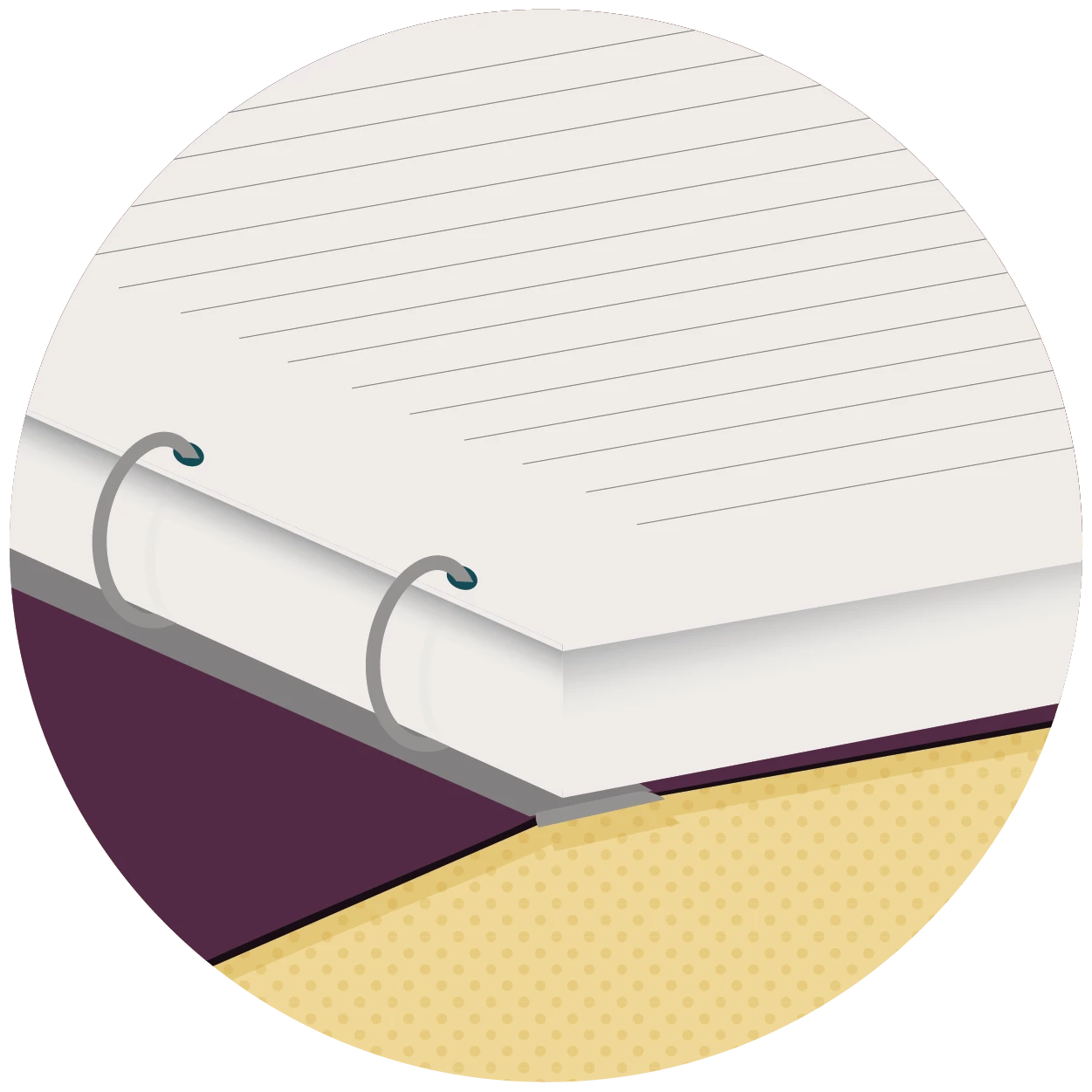
3-ring binder
When you create your own book, you get to decide which binding option is best. If you are doing a workbook for a seminar, you may want to consider the 3-ring binder route. Your printer can print custom covers for you. Many printers can also cut tabs for your binder and even insert the pages for you, as well.
A 3-ring binder has pros and cons
Pros
A good option for a conference or workbook
Sections can easily be added or subtracted
Cons
Can be large and bulky
More expensive than a spiral-bound or saddle stitch style
Not acceptable if a professional look is required
Looking for bindery services near you in the Columbia, SC area?
We can help!
